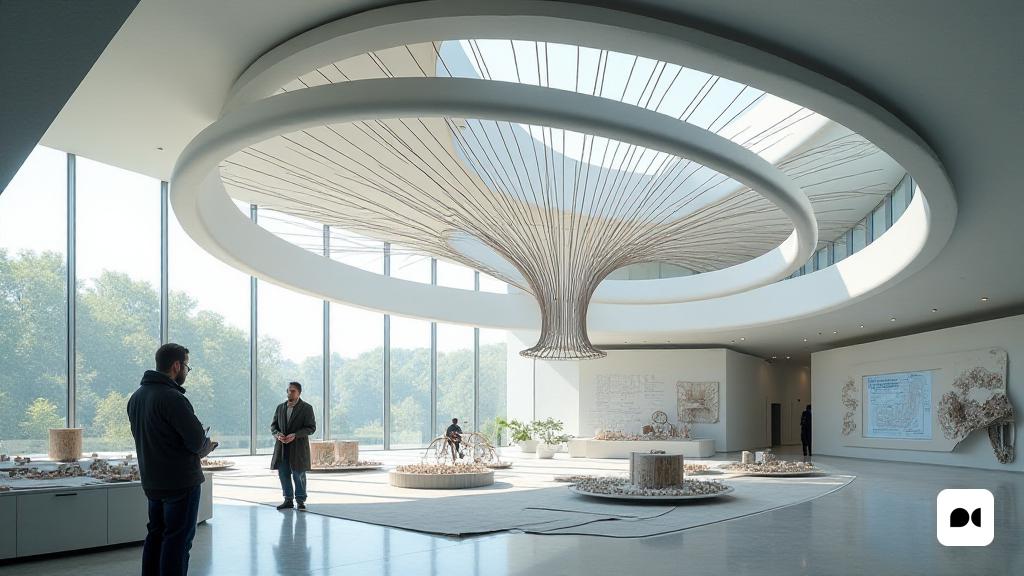The challenge of unconventional structures
In the field of modern architecture, the creation of broad and functional spaces such as stages and convention centers presents significant challenges. One of the most crucial aspects is the design of covers that are not only aesthetic, but also meet rigorous structural requirements. Researchers at the Rovira I University (URV) have developed an innovative approach that allows the design of non -circular roofs, an advance that could transform this field.
Wheel type covers: a light but challenging solution
The wheel type covers, composed of interconnected rings by radio cables, offer a light alternative compared to traditional designs. However, its construction presents inherent complications, especially in the stabilization of the structure during assembly. This innovation allows lower material use, but its design requires meticulous planning.
The stability problem
The main challenge in these non -circular structures lies in the distribution of forces through radios, which becomes especially complicated when trying to maintain stability. The new methodology developed by the URV researchers incorporates a triangulation of the radios in the plant, which improves stability during the assembly phase, although it also raises a considerable mathematical challenge.
An innovative mathematical method
The researchers, Rodrigo Martín and Blas Herrera, embarked on the task of creating a new iterative method that started from an approximate solution and adjust multiple variables to reach an optimal design. This approach requires a precise calculation of tensions on each radius, adding an additional layer of complexity to the design process.
The importance of the starting point
One of the most complicated aspects was to determine an adequate starting point for the iterative method. This initial step is crucial, since it implies defining fundamental variables such as angles and forces that will influence the final form of the structure. Martín highlights the uncertainty they faced when looking for a viable solution that allowed the method to achieve a satisfactory result.
International recognition and future perspectives
The pioneering work of these researchers has been recognized with the prestigious Tsuboi Award of the International Association for Shell and Spatial Structures (IASS), an award that celebrates excellence in research in architecture and structural design. Despite the relevance of their discovery, both authors were surprised by recognition, emphasizing that their primary objective was to contribute to the progress of scientific knowledge.
An open and collaborative approach
Unlike the common tendency in engineering to maintain revolutionary discoveries, the researchers approach reflects a commitment to transparency and collaboration. Herrera mentions that his research is aimed at facilitating the work of other engineers and architects, promoting an open and accessible scientific development environment.
This advance in the design of non -circular covers not only establishes a new standard in structural engineering, but also inspires future generations of architects and engineers to address complex challenges with creativity and rigor.

